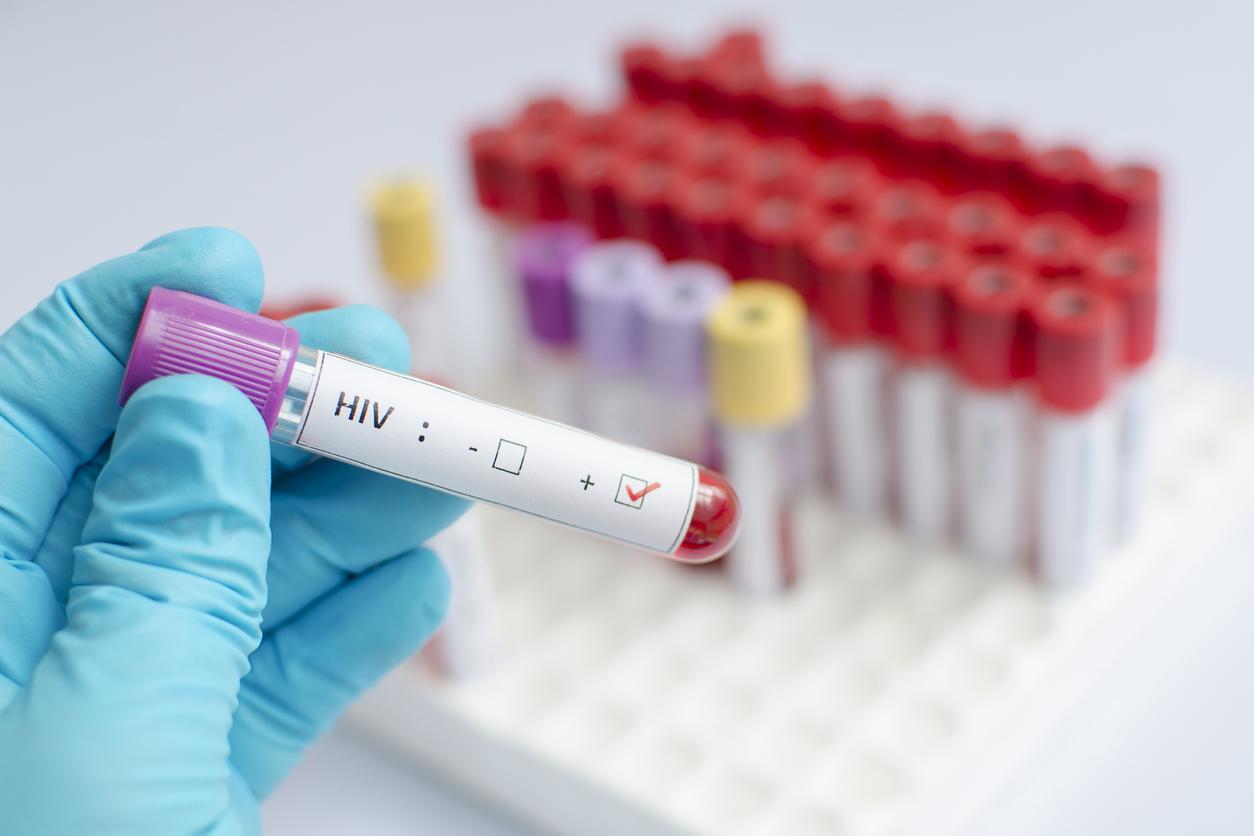For example, there are a large number of beneficiaries of the complementary health solidarity scheme (CMU-C/ACS) among patients hospitalized in French intensive care units.

- So-called resuscitation care is used for the most serious cases, where several organs are failing.
- Cardiovascular diseases are the most common reason for admission to intensive care.
- “People living in the most disadvantaged municipalities and beneficiaries of CMU-C/ACS or CSS (state-funded health insurance for people with modest resources) are over-represented among patients in intensive care,” indicates the DREES in a new report.
A new survey by DREES highlights a high proportion of people with few resources in intensive care units.
“The Directorate of Research, Studies, Evaluation and Statistics (DREES) publishes a study on the evolution, reasons and characteristics of intensive care stays between 2014 and 2022”the research center said in a press release. “During the period studied, more than one million hospital stays were managed each year in critical care, including an average of 244,000 in an intensive care unit.he adds.
Resuscitation: “inequalities linked to the municipality of residence are observed”
Once the data had been collected and analyzed, the authors of the study found that people living in the most disadvantaged municipalities and beneficiaries of CMU-C/ACS or CSS (state-funded health insurance for people with modest resources) were over-represented among patients in intensive care.
This trend concerns “especially patients admitted for Covid-19, pregnancy or childbirth-related illnesses and mental/behavioral disorders”, specify the authors of the survey.
“Among people living in metropolitan France and hospitalized in intensive care, inequalities linked to the municipality of residence are observed: the proportion of patients living in the most disadvantaged municipalities which bring together a fifth of the population is 22%, compared to 19% for those living in the most favored municipalities bringing together a fifth of the population”, they detail.

Resuscitation: what are they? the most common reasons for admission?
So-called resuscitation care is used for the most serious cases, where several organs are failing.
Cardiovascular diseases are the most frequent reason for admission to intensive care during the period studied by the DREES. “Respiratory diseases and trauma and poisoning are, for their part, the second and third reasons for admission during the periods 2014-2019 and 2022, while Covid-19 was the second reason for admission to intensive care in 2020 and 2021, representing alone more than 14% of stays over these two years”, analyze the public health experts who are members of the institution.
“If Covid-19 is still present in 2022, it will only represent 5% of intensive care stays,” they specify.
Between 2014 and 2022, 18% of intensive care stays ended in death. Regarding one-year mortality, it was observed stably for 29% of stays between 2014 and 2020 and then decreased to 27% in 2021.
















